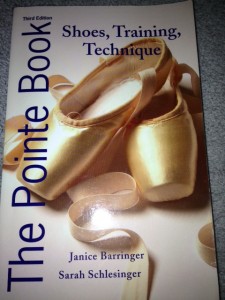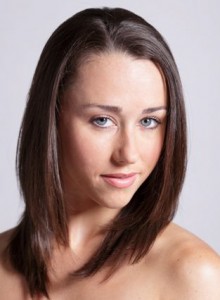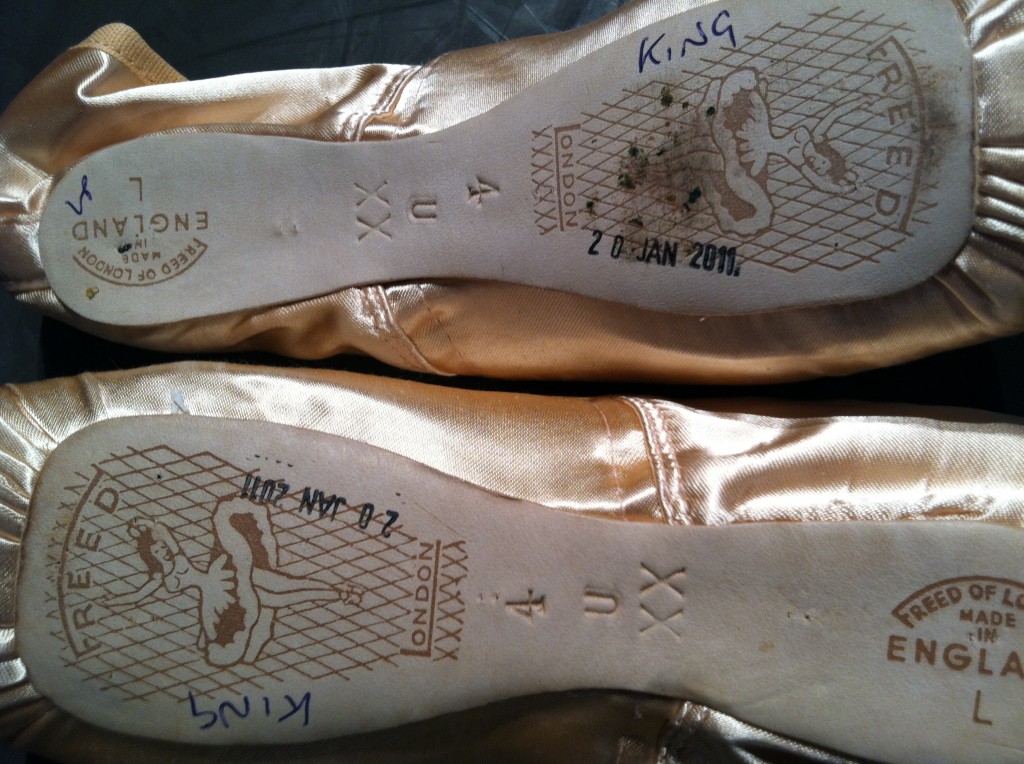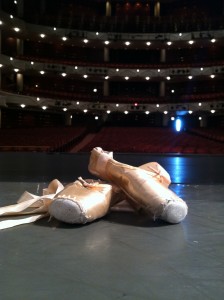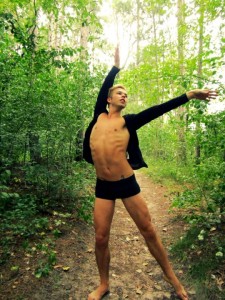
Well, its not my full career. I also make my career out of acting, and singing. The limelight has always been in me from my first dance class to going to see my first musical. For me, going into the arts was never a question. I always knew that I wanted to be onstage somehow. I also enjoy choreographing though and being behind the scenes. I specialize in musical theater choreography, but don’t mind teaching ballet, contemporary, or partnering.
3. What are you currently doing?
Currently I am dancing with the Metropolitan Ballet for their 2012-2013 season in the Twin Cities; right now we are working on ‘Swan Lake.’ I also choreograph for a local theater company.
4. What do you think is the most challenging aspect of a career in dance—and why? [Read more…]





